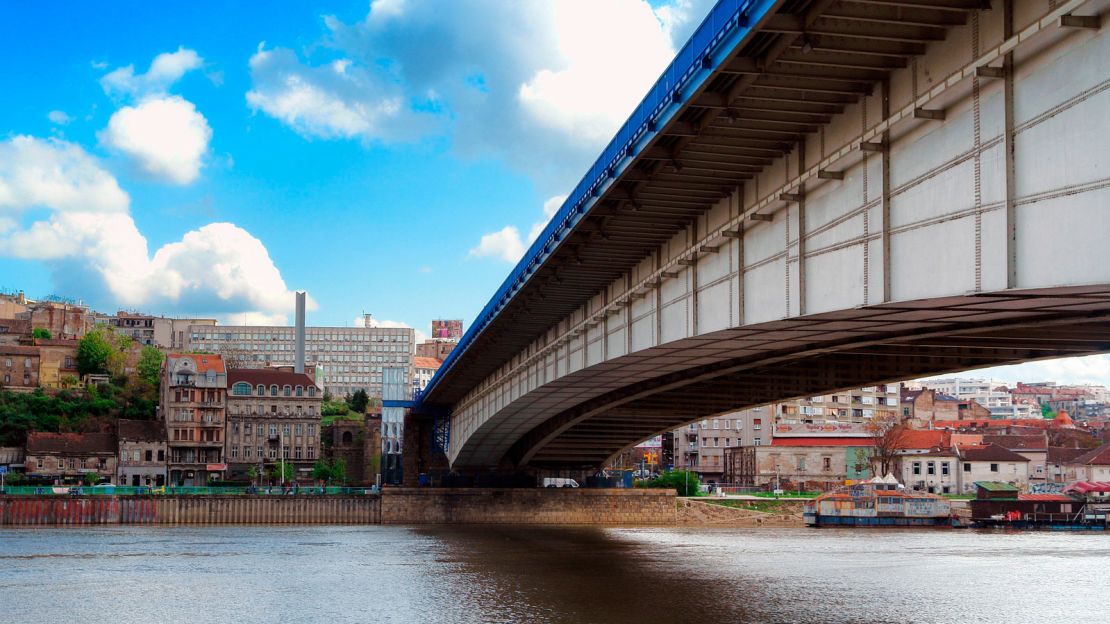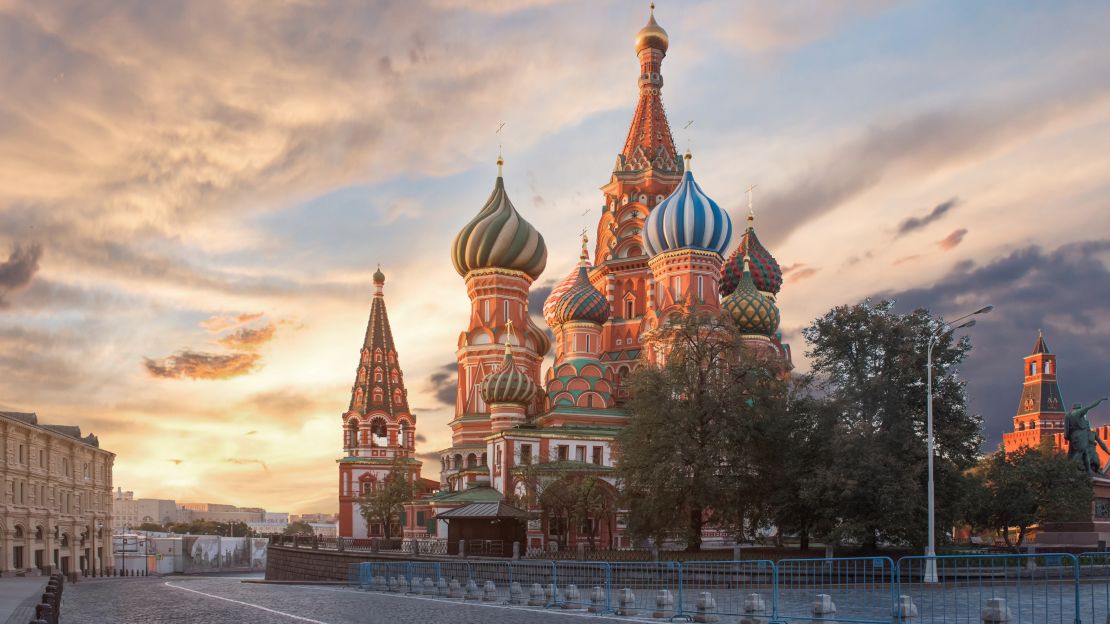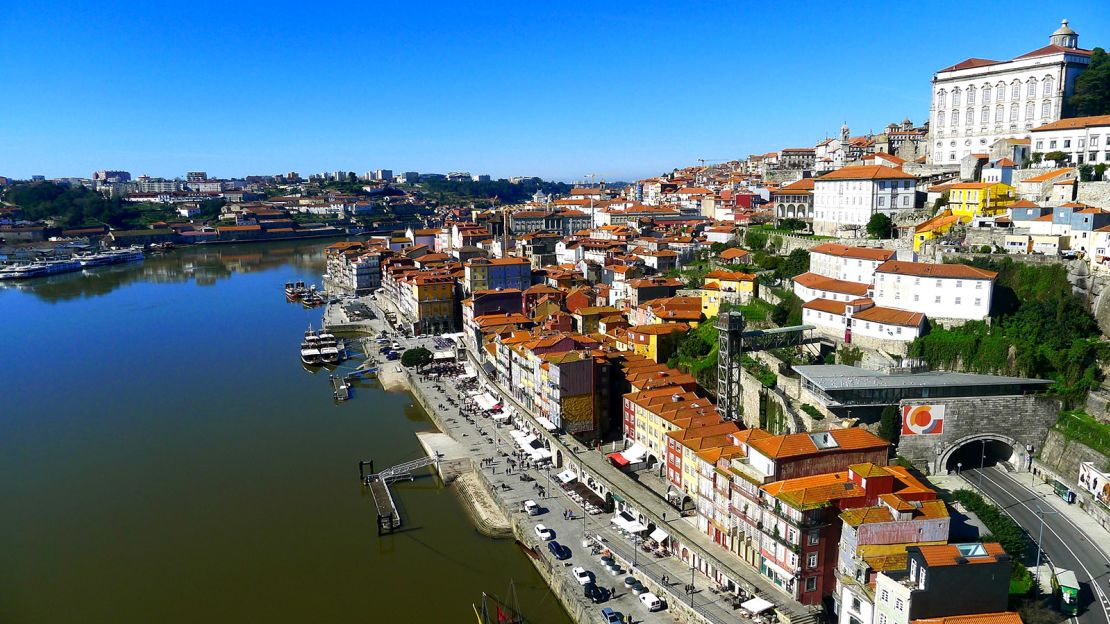What are your priorities when you’re planning a European city break? Good food? Culture galore? Interesting history?
More likely than not, you’ll also prioritize price when you’re considering where to jet off to for a weekend getaway.
The UK’s Post Office has posted its annual City Costs Barometer, comparing what visitors paying in pound sterling will cough up for a weekend enjoying all that every European city has to offer – from the cost of a cup of coffee to entry fees to the city’s top gallery to two nights in three-star accommodation for two adults.
Coming up on top on this travel list? It’s Vilnius, in Lithuania, which you may recall from that infamous tourism campaign …
Lithuania’s capital is also known for its picturesque medieval old town, baroque architecture, hip street art and varied history.
The Post Office reports that in Lithuania that you can travel to and from the city’s airport for just £1.75 ($2.28), plus two nights’ accommodation in a three-star hotel for two adults will set you back just £70 ($91). The total cost, the Post Office reports, is £147.35 ($191.85).
At the other end of the spectrum, Reykjavik, Iceland’s capital, is Europe’s most expensive city.
That’ll be little surprise to anyone who’s visited. Iceland’s known for being pricey – all in all, you’ll spend roughly £462.61 ($602.33) for a weekend in the land of ice and snow.
Comparing costs

Other budget options are Belgrade, Serbia – where Soviet architecture sits adjacent to Art Nouveau buildings, and a bottle of the local beer will cost you just £1.89 ($2.46).
Eastern Europe is one of the cheapest regions in Europe, the barometer suggests – a trip to Warsaw in Poland, number three on the list, will cost £160.35, while Bucharest in Romania, listed as number five, will cost an approximate total of £167.74.
Bratislavia in Slovakia, Moscow in Russia and Prague in the Czech Republic round out the top 10, while Budapest in Hungary slides in at number 11.
If you’re after some sun and sea, Porto, in Portugal, is number six and the country’s capital, Lisbon, is number 14.

The barometer also lets you know entry prices for the city’s top tourist attraction, top museum and top art gallery.
In some cases, they’re free – take Cardiff (number 29) which offers free entry to its Story Museum and National Museum, and Edinburgh, Scotland (number 30) where you can tour the city’s National Museum and National Galleries free of charge.
Meal costs in Greece are the lowest in Europe for the second year running, so you can opt for the hummus platter and have enough left over for a glass of the local wine, without your budget taking a hit.

Interestingly, prices have fallen across the board since last year. Costs in Venice, Italy – which keeps making headlines for its overtourism problems – fell over 23% in the last 12 months.
It’s now at number 35 on the list.
“Canny travelers can save hundreds of pounds by comparing the cost of accommodation and picking a city where hotel prices are low and where meals, drinks and sightseeing prices are also cheap,” says Andrew Brown of Post Office Travel Money, in a statement. “This applies to most cities in Eastern Europe but also to Porto, Athens and Lisbon.”
Brown also advises travelers departing to and from Britain to keep a close eye on currency fluctuations as Britain prepares to leave the European Union at the end of March.
Top 10
Ready to get planning? Here are the top 10 cheapest cities for a weekend break, according to the Post Office*
1. Vilnius, Lithuania – £147.35 ($191.92)
2. Belgrade, Serbia – £151.57 ($197.41)
3. Warsaw, Poland – £160.35 ($208.85)
4. Istanbul, Turkey – £166.83 ($217.29)
5. Bucharest, Romania – £167.74 ($218.47)
6. Porto, Portugal – £172.60 ($224.80)
7. Riga, Latvia – £178.60 ($232.62)
8. Bratislava, Slovakia – £182.02 ($237.07)
9. Moscow, Russia – £186.87 ($243.39)
10. Prague, Czech Republic – £190.19 ($247.71)
*Costs on the Post Office’s barometer are listed in pound sterling. CNN Travel has translated to USD, so they will be subject to change and should be taken as a rough guide.












